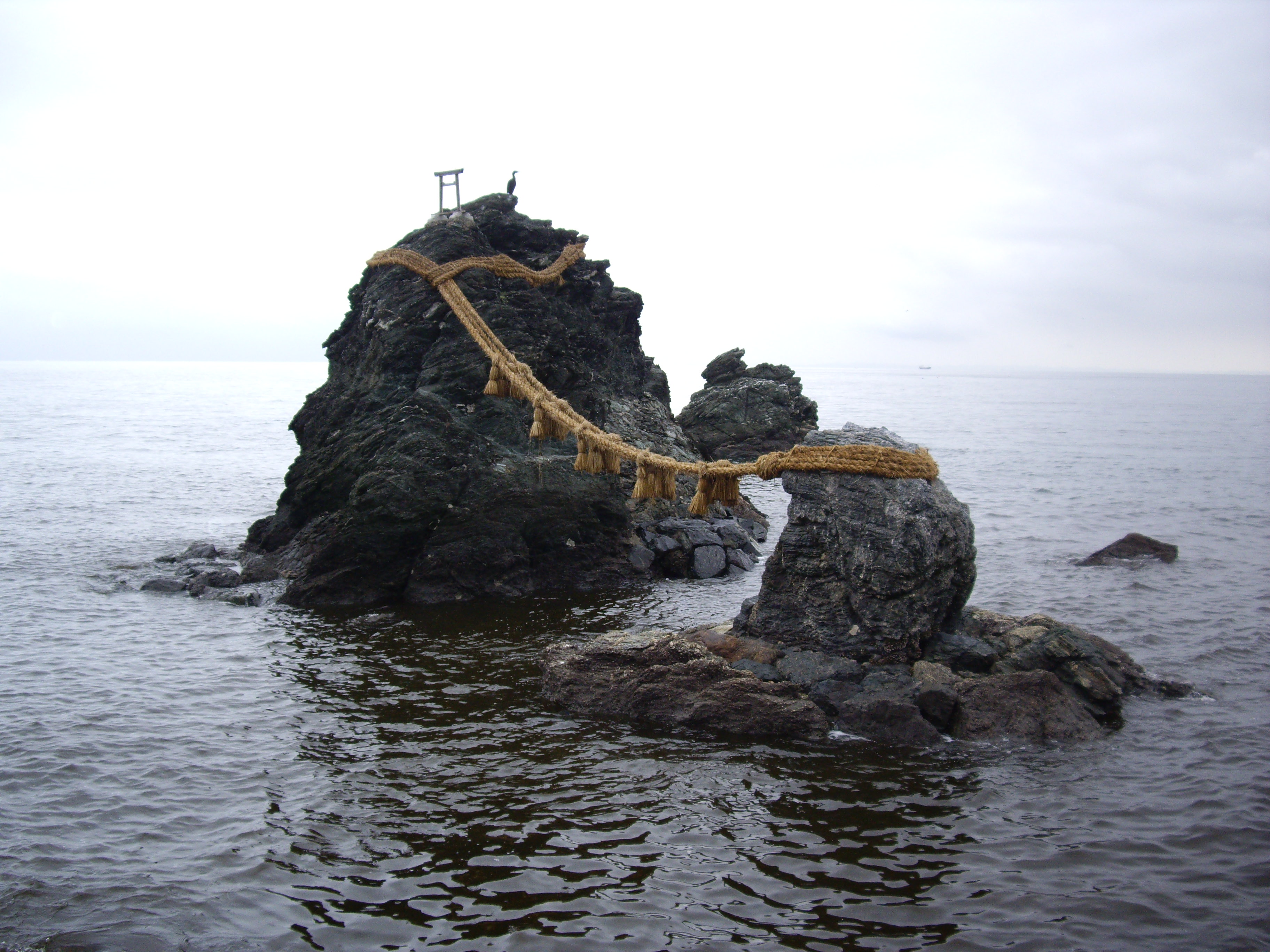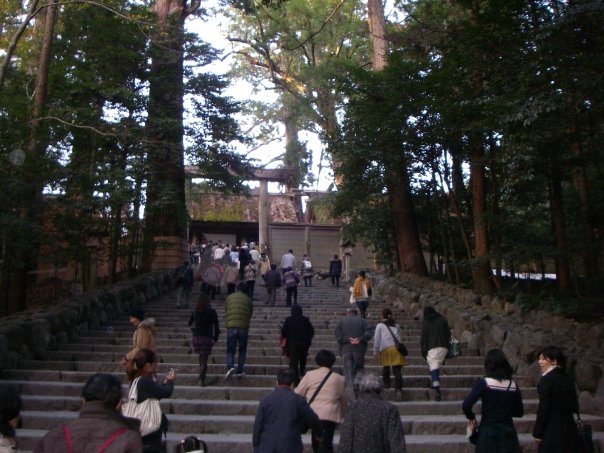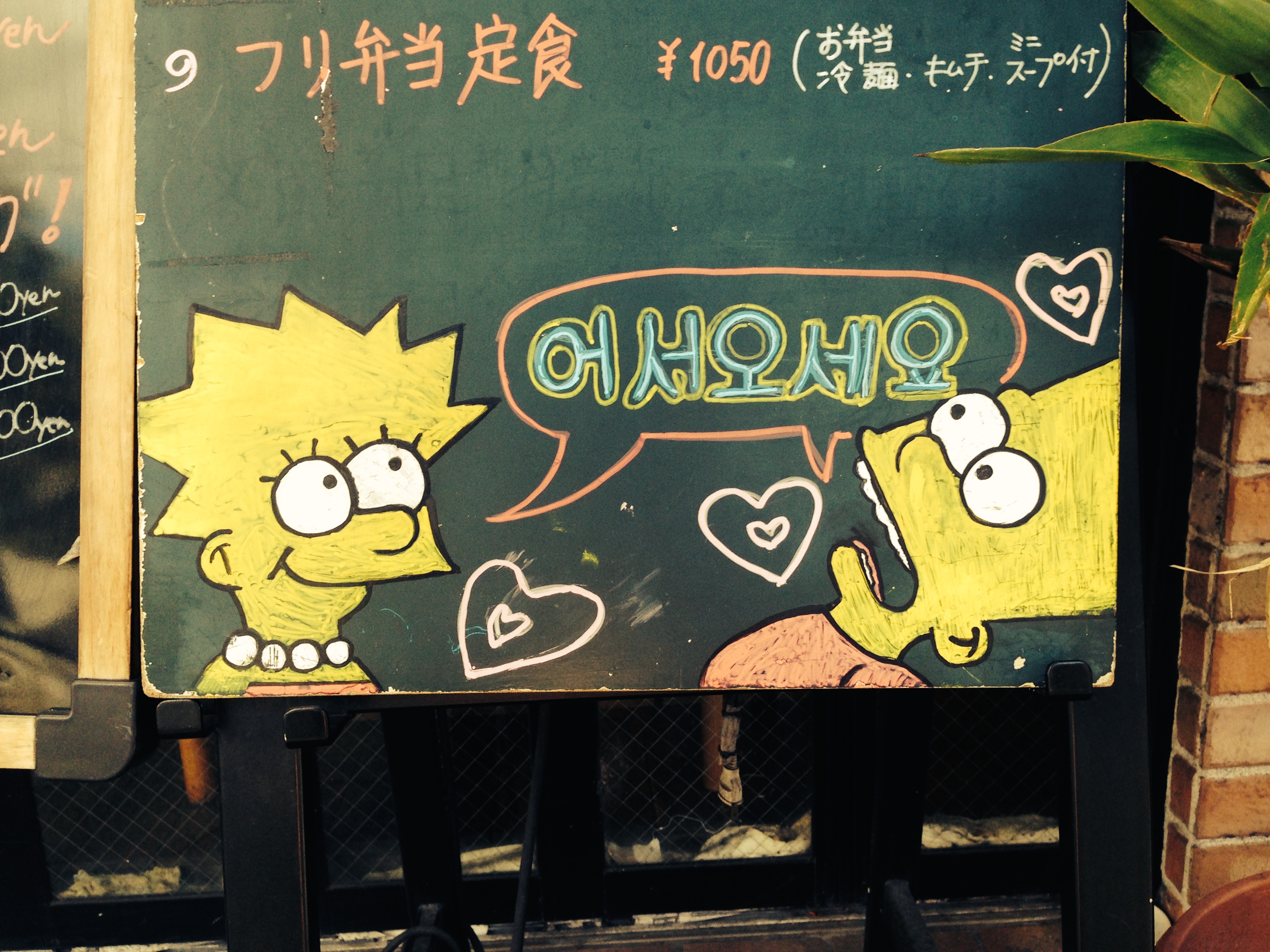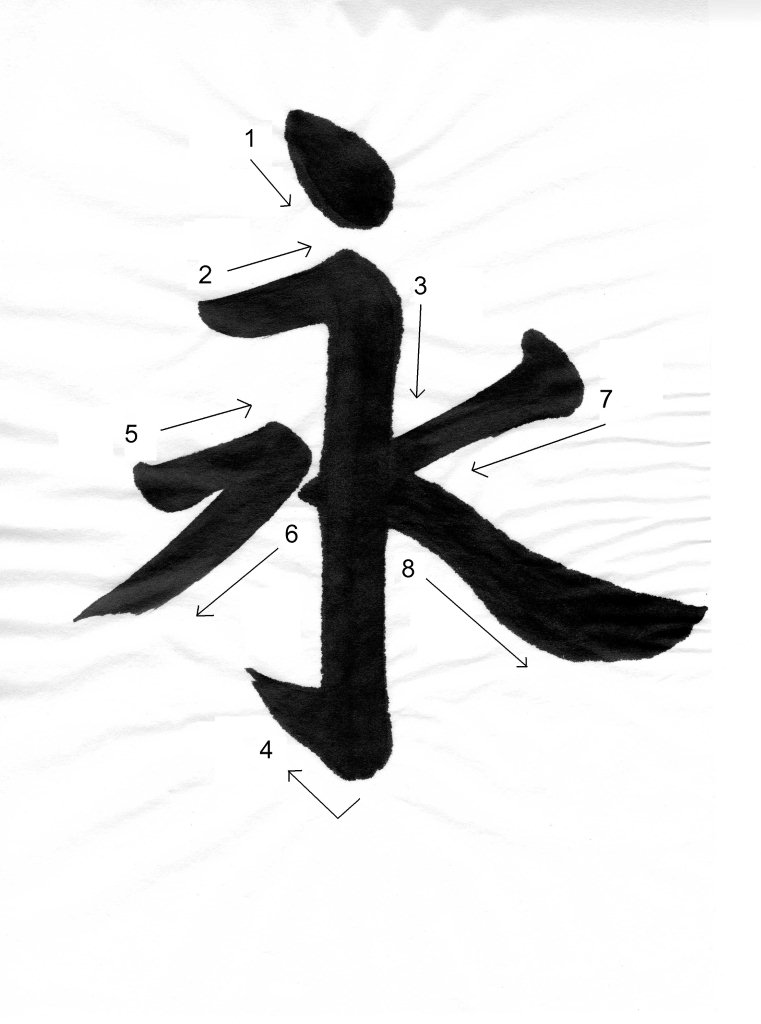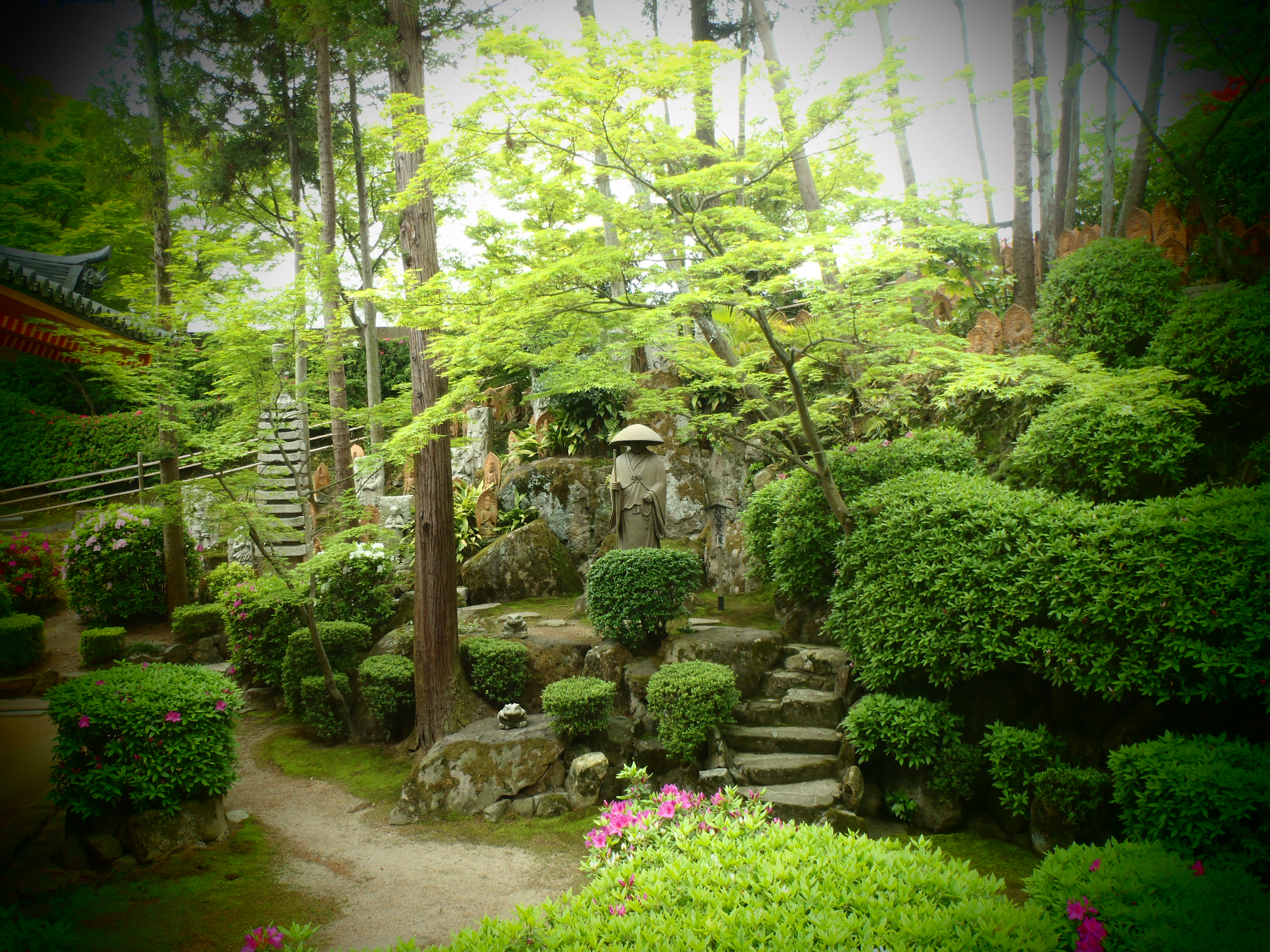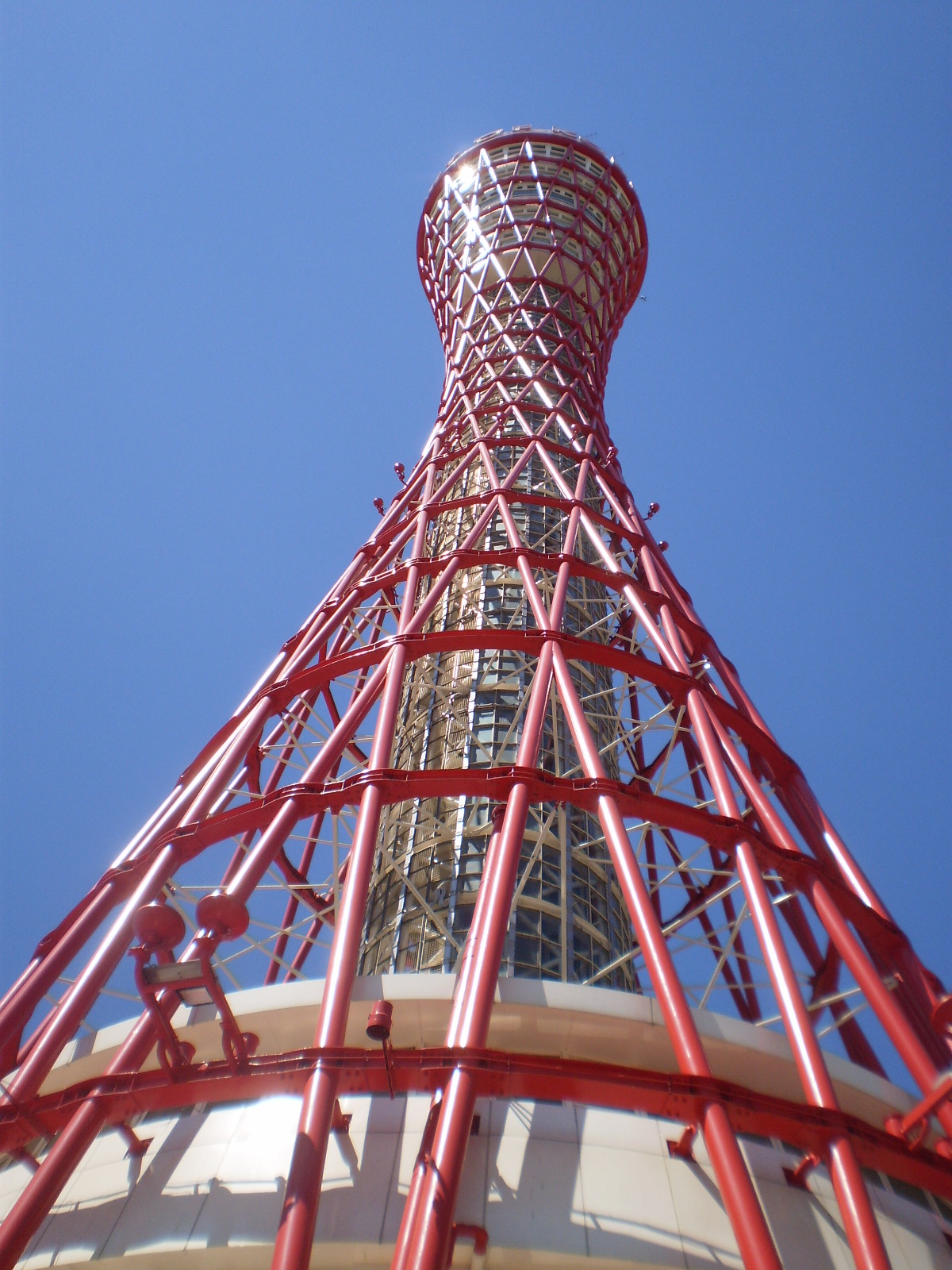Travel Japan: Ise
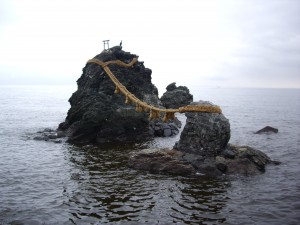 Ise may be a small town, but it is home to Japan’s most sacred Shinto shrine, Ise jingu.
Ise may be a small town, but it is home to Japan’s most sacred Shinto shrine, Ise jingu.
Ise jingu (shrine) dates from the third century. The shrines are rebuilt every 20 years on adjacent sites using ancient techniques where the wood interlocks rather being nailed together. The Sengu No Gi festival is when the God is transferred from the old shrine to the new one. The wood from the old shrine is used to rebuild the torii (gate) at the entrance and is also sent to other shrines all over Japan.
The main shrine buildings are hidden, and you are unable to take photos any closer than the bottom of the steps leading to the shrine. However, there are smaller shrines which look similar to the main shrine and you can photograph these. Geku is the outer shrine, Naiku is the inner shrine and they are located in two different places. The shrines are open from sunrise to sunset and it is free to enter the shrine grounds. If you don’t have much time and have to choose between the two shrines, Naiku is more impressive, but it is located outside the city centre and can be reached by bus from Ise-shi station in about 20 minutes. Geku is a 15 minute walk from Ise-shi station.
Ise is a good base from which to travel to the surrounding areas. Nearby is Toba, about 20 minutes from Ise-shi Station by bus. If you like pearls and don’t mind a bit of Japanese tourism, it is worth the trip. Mikimoto Pearl Island is connected to the mainland by bridge, and on the island you can see some exhibits about cultured pearls, buy pearls and watch pearl divers. The pearl divers, women known as ama, dive for pearls, oysters, shellfish or seaweed. Here you can see them in traditional costume and using traditional methods. There is also an aquarium which costs Â¥2500 to enter.
Futami is also close to Ise and it is where you can see the Wedded Rocks (Meoto-iwa). They are two rocks considered to be male and female and they are “married†by sacred ropes joining them. There is also a shrine, Futami Okitama jinja, on the edge of the ocean. A special festival is held here on the 5th of January every year to re-new the ropes. You can get to the Wedded Rocks by JR train from Ise: it takes about 10 minutes to Futaminoura station and then it is a 15 minute walk. Try to go during high tide, when the rocks are separated by water, or early on a clear day you might even see Mt Fuji in the distance.
Getting there and around
From Himeji take a super rapid train to Osaka, the Osaka loop line to Tsuruhashi and then a Kintestsu limited express train to Ise-shi. It takes about 3hours from Himeji and costs about ¥5000.
A one day pass for the CAN bus costs ¥1000 and provides unlimited rides, as well as discounts on admission to various attractions. A two day pass is available for ¥1600.
Accommodation
Hoshide-kan is a Japanese ryokan close to Ise Jingu. Prices start at ¥5500 per person per night. Breakfast is available for ¥900 and dinner from ¥1300 but you need to order when you check-in. Hoside-kan is a 7 minute walk from the north exit of Ise-shi station. The first 3 days of the year is the most popular time to visit the shrines and accommodation can book up quickly.
